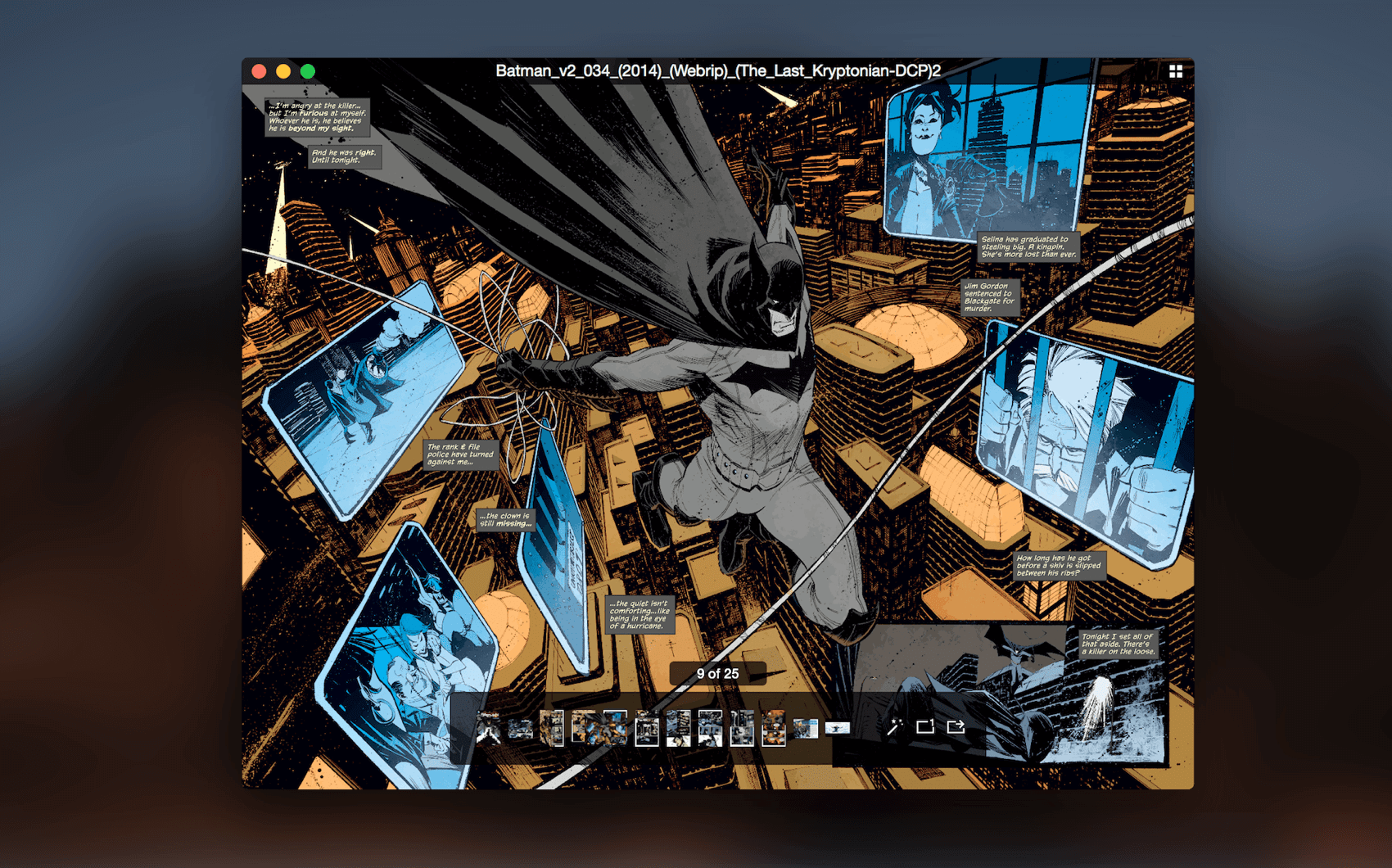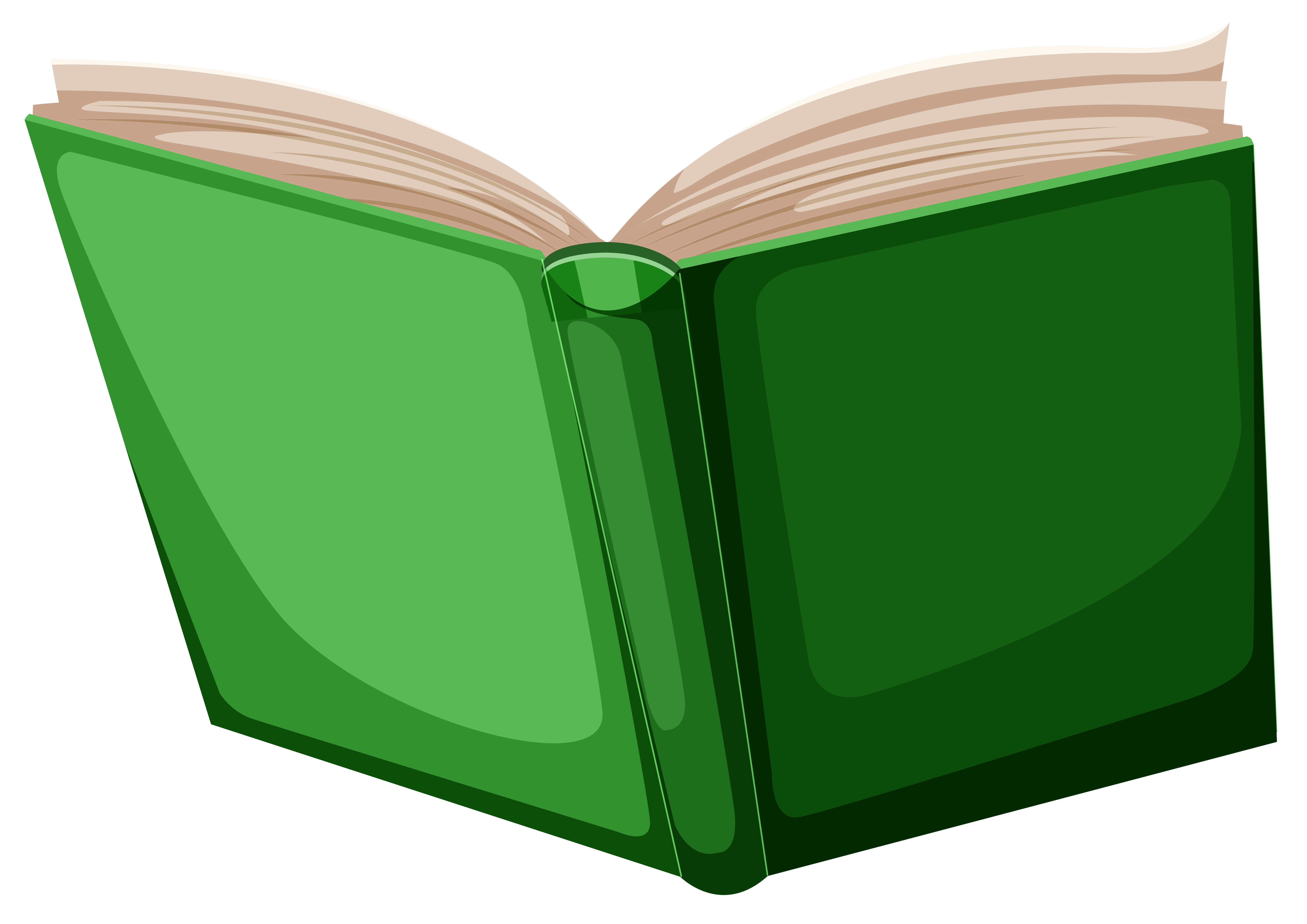
Most toned artwork, like pencil drawings, can be enhanced with many of the same controls you’d use for enhancing photos, such as Levels, Brightness, and Contrast. If you’re scanning line art, you’ll mostly use the shadow and highlight sliders to get deep blacks and bright whites, respectively. Next, enhance your artwork by adjusting its shadows, highlights, and midtones with the Levels feature. To get started, open your first scanned page and straighten any accidental skewing that may have occurred during copying and scanning, then crop tightly around your artwork.

It’s good practice to start these names with a two-digit page number (such as “01-M圜omicBookName.tif”) to make it easy to identify the matching file for a given page in your layout application’s image import menu.Įven sharp scans of the best photocopies will benefit from fine-tuning in your image editor. These should tell you the project the scan is associated with and its page number in your final comic book. Create a folder on your Mac, and scan your photocopies to it, saving them as LZW-compressed TIFF files with descriptive names. This will give you the image quality you need for printing on typical laser printers without creating unwieldy file sizes. Set your scanning program’s image type to grayscale with a resolution of 300 pixels per inch. With letter-size copies of your artwork, you’re ready to begin scanning. Copying onto standard white inkjet or copier paper works fine. When you find the setting that works best, make a note of it, and then use it to make reduced copies of all your original art. You want to find the setting that most closely preserves the artwork’s original appearance without lightening or darkening the image.

You’ll apply this percentage to all your pages, so make a note of it.īefore reducing all of your artwork, make test copies experimenting with different brightness and contrast settings. I reduced my art by 64 percent, but you may need to experiment for the best proportions. Place your artwork flush with the photocopier’s positioning guides, and reduce it to fill a sheet of letter-size paper. To reduce the size your artwork inexpensively, use a photocopier with clean scanning glass. You want to keep as many of these blemishes as possible out of your digital files.Īdjusting the Levels control is an easy way to make your black and white scans look their best. No matter the size, thoroughly erase any guidelines or other stray marks before you begin shrinking or scanning. Your art might be in a different medium at different dimensions, but I’d recommend working smaller than 11-by-17 inches so you can reduce it with a standard photocopier to fit a letter-size scanner. My original art consisted of ink drawings at 10-by-15 inches. You don’t have to spend a lot of money to create eye-catching comic books and graphic novels. You’ll also need an image editor like Photoshop or Pixelmator to clean up and style your scanned images, and a page-layout application like InDesign, Pages ’09, or Word ’11 to assemble your scanned artwork into a book. Almost any highly rated letter-size flatbed scanner capable of capturing 300 pixels per inch will do.
Comic book icons for mac mac#
I’ll talk about those in greater detail in the next article.īesides your Mac and the original artwork, you’ll need a scanner to import your artwork into your computer. If your budget is higher, extra features like trimming, different paper stocks, and even color printing can improve the look of your final product. You can expect to pay roughly $100 for 100 booklets made this way, but prices will vary. These pages were then folded and stapled to make a 5.5-by-8.5-inch booklet. I wanted my comics to be inexpensive to produce, so I created 24 pages of black-and-white art printed double-sided on standard letter-size paper. Plan your project and gather equipmentĪ look at the sample projects in your local copy shop will tell you the sky’s the limit in desktop publishing, but some options are more economical than others.
Comic book icons for mac how to#
In this first of two articles, I’ll discuss the materials you’ll need, how to scan your artwork into your Mac, and how to make those scans look their best. Using your Mac and some additional hardware and software, you can create your own comic books and graphic novels that look good without breaking the bank.
Times have changed, but there’s still something to be said for making comics the old-fashioned way, with ink on paper. Years ago I used my Mac and the services at my local copy shop to create small print runs of comic books to sell at comic conventions.


 0 kommentar(er)
0 kommentar(er)
